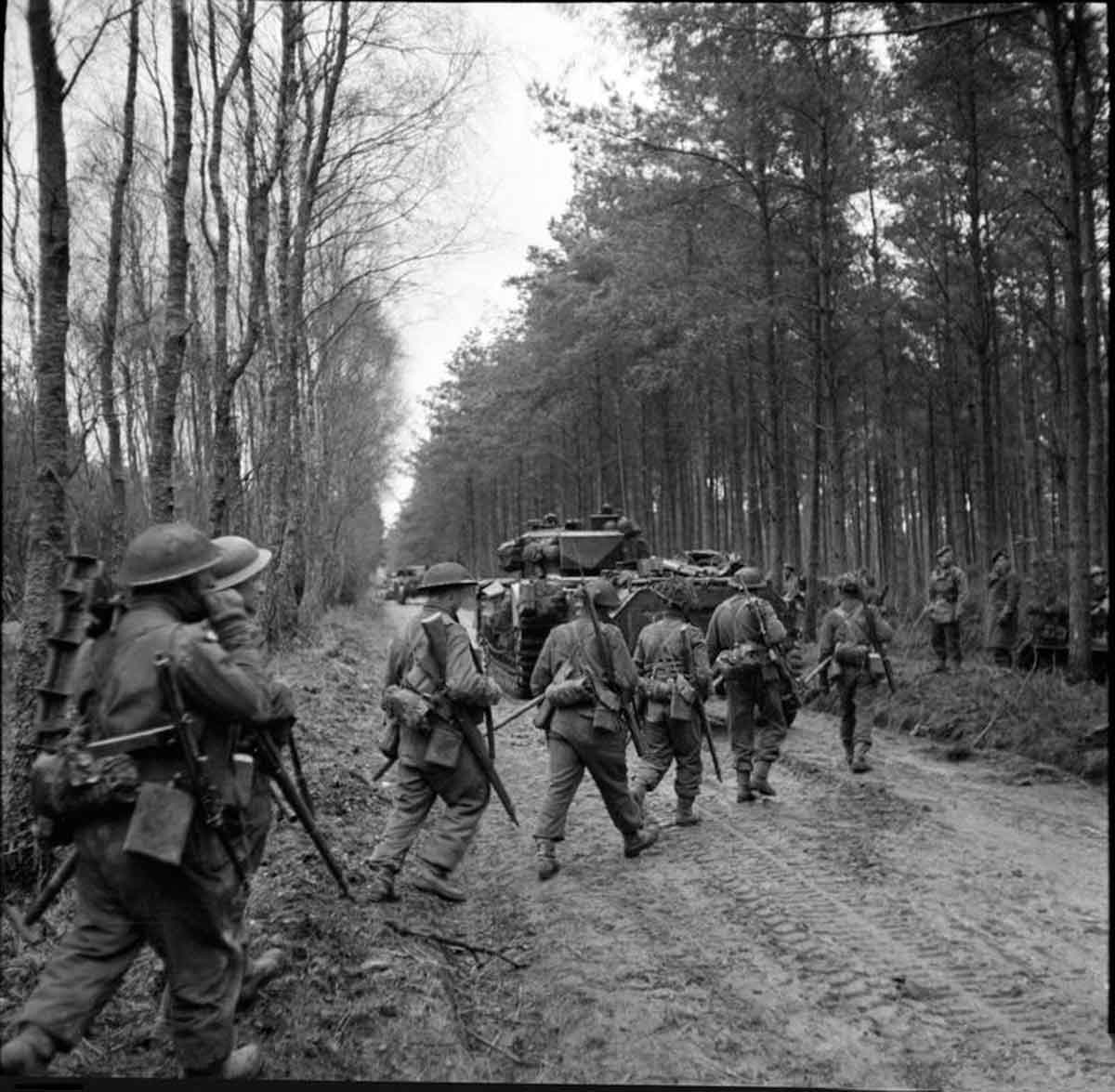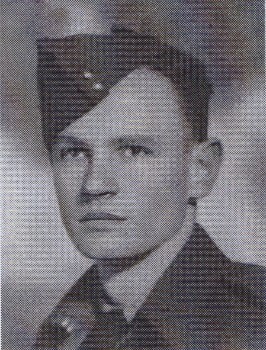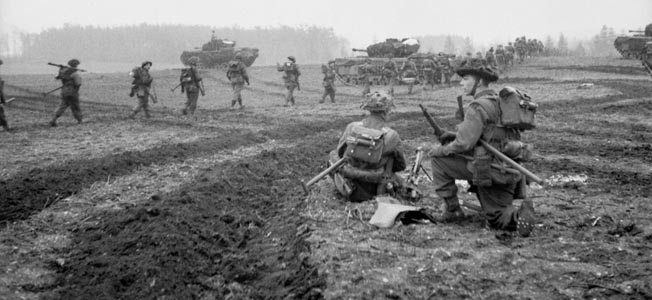It’s been a century since Niagara-on-the-Lake’s iconic clock tower cenotaph was erected. Then, in 1926, the Township of Niagara unveiled its own memorial in Queenston. In recognition of those who fought and died in two world wars and beyond, NOTL historian Ron Dale has been researching the stories of the people – all men – whose names are engraved on the two cenotaphs. This is one in a series of stories documenting and remembering the sacrifices of those commemorated on the municipal memorial in Queenston.
Ron Dale
Special to The Lake Report
The men of the Algonquin Regiment of the Canadian Army suffered heavily in the Second World War.
The regiment was not involved in the invasion of Normandy on D-Day, June 6, 1944, but landed at Juno Beach on July 25.
The men were immediately thrown into action and fought almost continuously for the next nine months.
The Algonquins were assigned to the 4th Canadian Armoured Division, which was a mix of armoured regiments, infantry regiments, artillery batteries and various supporting units. It was a hard-hitting, mobile force.
The Algonquins’ first major actions involved the Battle of the Falaise Gap, a campaign to cut off and destroy the German army, which was fighting a slow withdrawal from Normandy.
As the Germans continued to slowly retreat, fighting every step of the way, the Allies pressed into Belgium.
The Algonquins fought a major action in the crossing of the Ghent-Brugge Canal from Sept. 8 to 10, 1944, and then suffered again in the heavy fighting in the crossing of the Leopold Canal a few days later.
The Algonquins then proceeded to Holland, heavily involved in the prolonged Battle of the Scheldt, to open the shipping route to Antwerp, a major port.
The regiment was less active for the next three months in what was known as the “winter war,” but continued to suffer casualties.
It was at this time that Pte. John Fast of St. Davids arrived in Western Europe as a reinforcement assigned to the Algonquin Regiment.
Fast was born on December 16, 1922, in Blumstein, Molotschna Mennonite Settlement in Zaporizhia Oblast, Ukraine, which was then part of Russia.
He was the first child of John Fast and Justina Friesen. The family emigrated to Canada in 1926 and initially settled in Manitoba before moving to the St. Davids area. The family was naturalized in 1932.
John Fast attended public school through Grade 8, leaving at that time to work full-time on his father’s farm.
On Oct. 25, 1943, John took the train to Toronto and enlisted in the Royal Canadian Army Service Corps, the primary role of which was transporting and issuing supplies in support of the army.
Fast trained at Camp Borden, Camp Ipperwash and Camp Debert, in Nova Scotia.
In addition to training as a Service Corps driver, he completed advanced infantry training, receiving instruction on the rifle, Bren gun, pistol, grenades, mortars, machine-guns and the Sten submachine gun.
Fully trained, he was sent to Britain, disembarking in the U.K. on Oct. 21, 1944. He was transferred to the 3rd Canadian Reinforcement Unit on Oct. 31, and less than three weeks later was sent to France, disembarking in Western Europe on Nov. 18.
Finally, he was sent to become a member of the Algonquin Regiment at its rest camp in Holland on Jan. 10, 1945.
As spring approached, the Allies were planning a final thrust against the Germans to force an unconditional surrender. The Russian Army was pushing through Poland and East Prussia with a campaign against the Germans that began on Jan. 12, 1945.
The Americans, British, Canadians and other Allies were poised to cross the Rhine River and enter Germany from the west.
The Algonquin Regiment, as part of the 4th Armoured Division, joined in Operation Veritable, launched on Feb. 8, 1945, to cut off the German Army in what was known as the Hochwald Gap in Germany.
On March 3, Canadian tanks of the Governor Generals Foot Guards carried the Algonquins into action, but heavy shelling by German artillery, mortars and anti-tank guns forced the infantry men from the tanks, with little protection from enemy gunfire. It was a bloody day for the regiment, which suffered 87 casualties.
Among those killed in action was Pte. John Fast.
Initially, he was buried near Xanten, Germany, not far from where he died, but after the war his body was moved to the Groesbeek Canadian War Cemetery in Holland.
His mother chose the inscription for his tombstone, “Whosoever Liveth and Believeth in Me Shall Never Die.”
John Fast is commemorated on the Queenston cenotaph.












